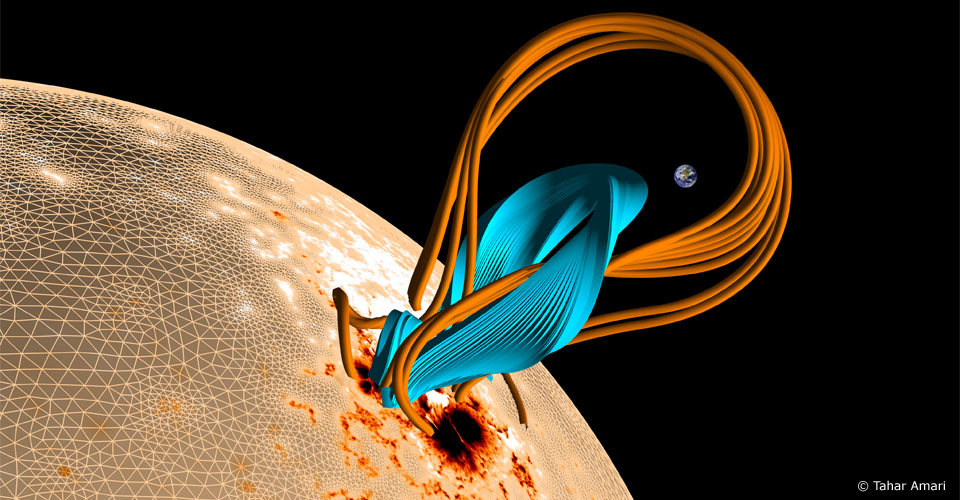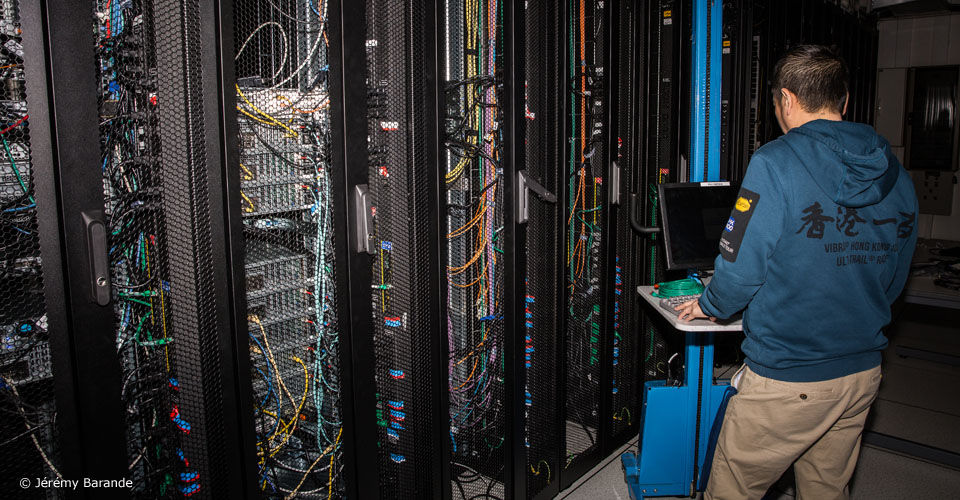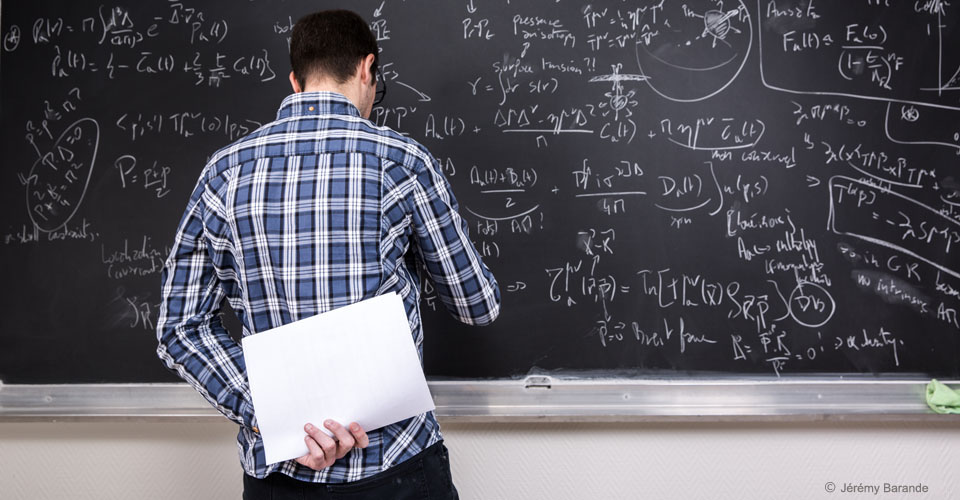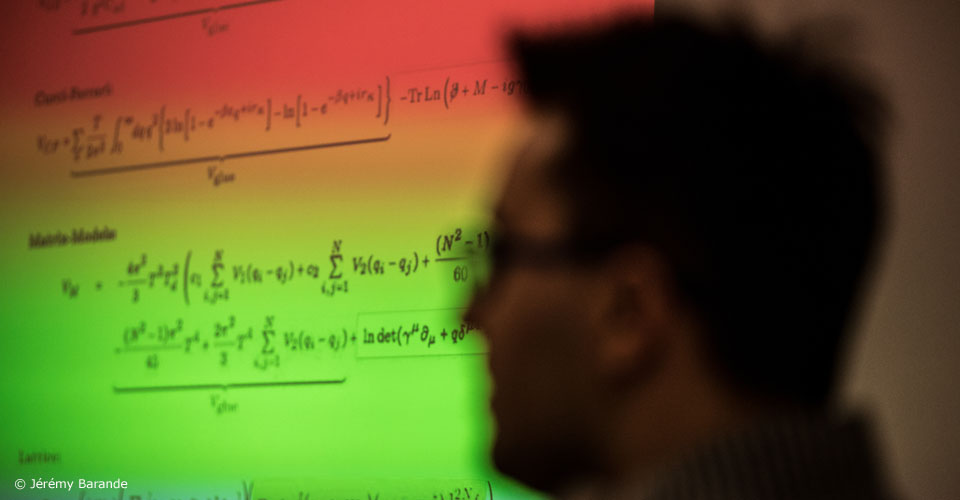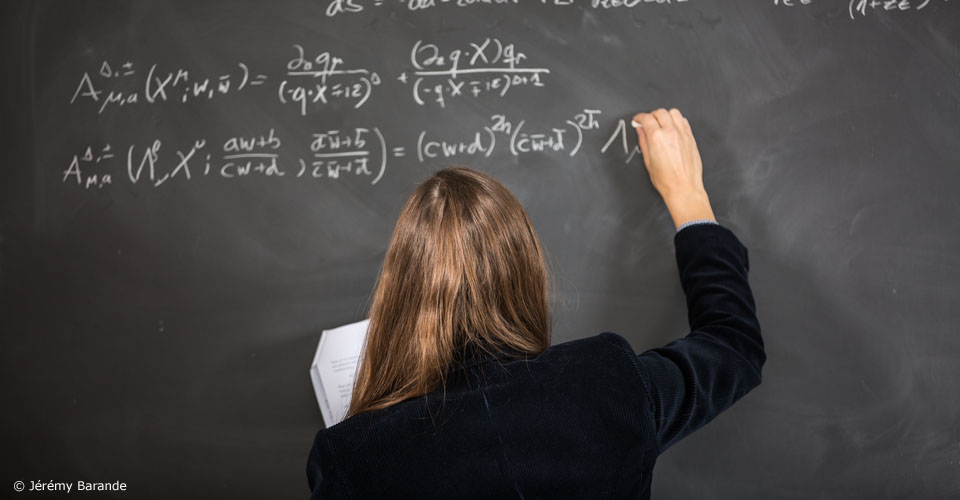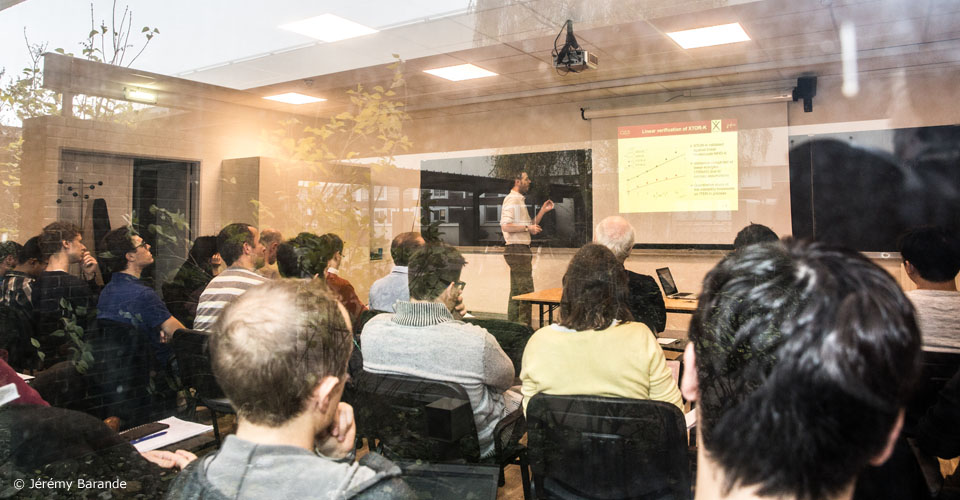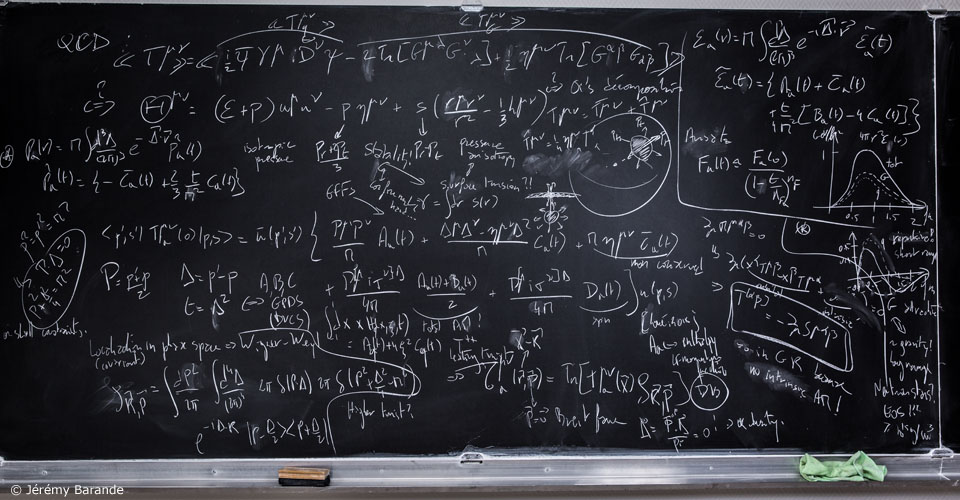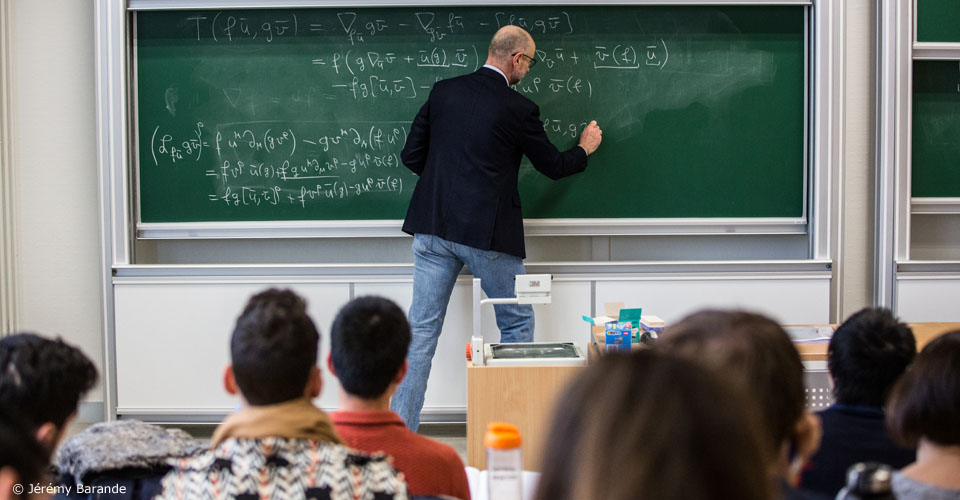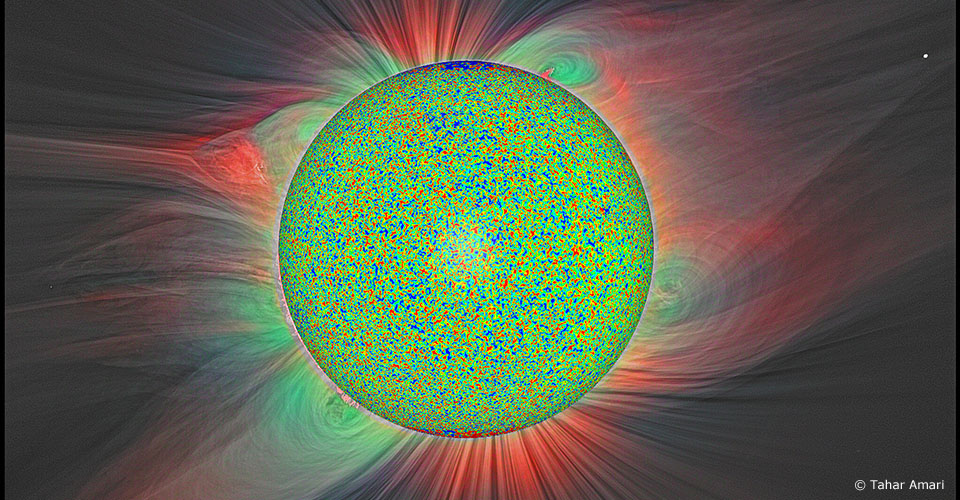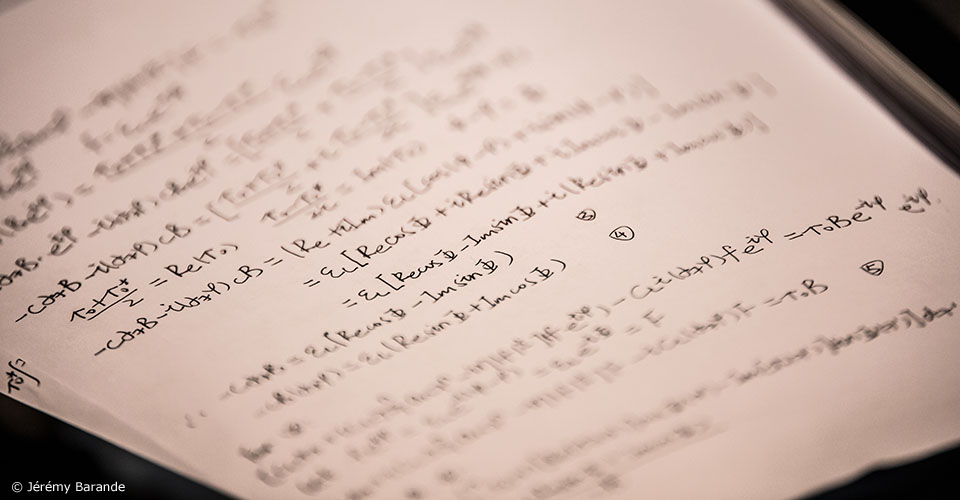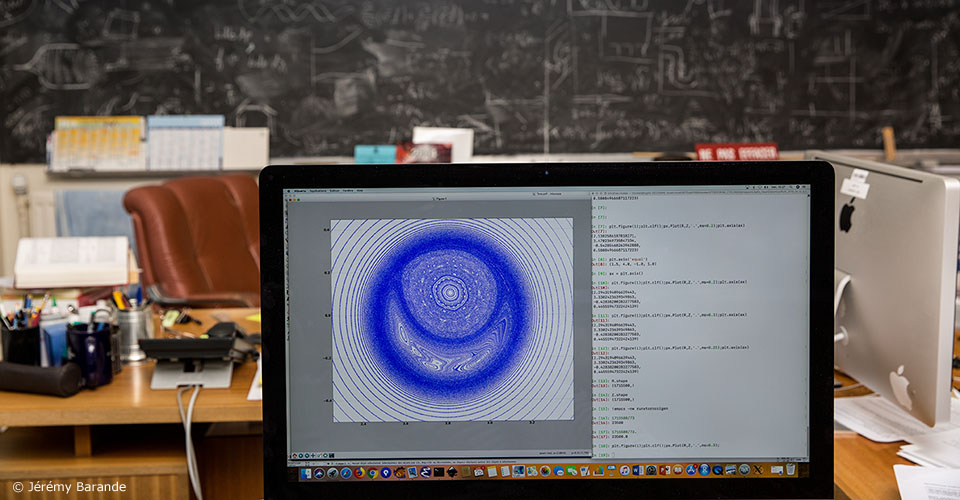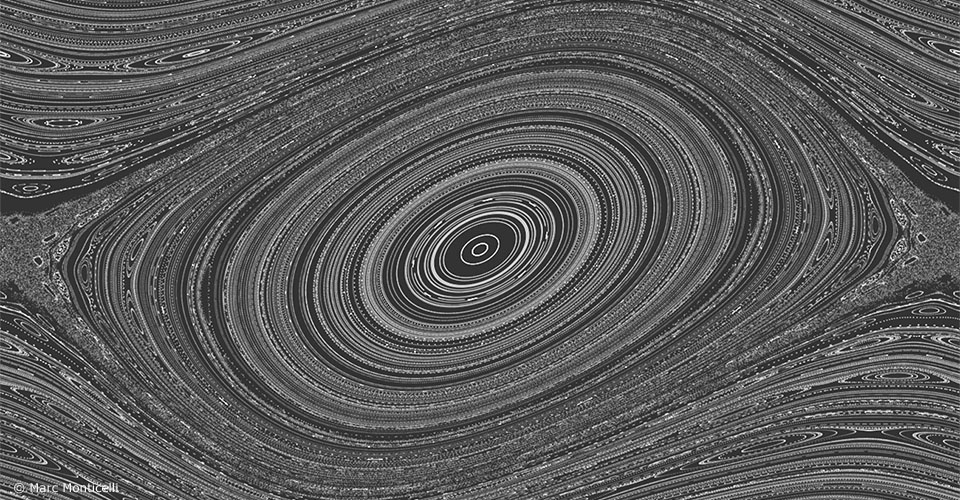CPHT Young Researcher Seminar
The CPHT Young Researchers Seminar will be held on Monday the 30th of June at 3:00 PM in room Louis Michel :
Valentine Maris from ENS de Lyon Introduction to noncommutative geometry and deformed Minkowski space-time :
Noncommutative geometry provides a representation of space-time in terms of associative algebras of operators. The final goal is to end up with a "quantum space-time" which should encode quantum gravity effects at an effective level. Recently, construction of such quantum space-times has been investigated and led to deformations of the usual Minkowski space-time.
Thomas Pochart QFT in AdS and its flat-space limit :
The Anti-de Sitter space is a fundamental concept in physics, arising naturally in GR and playing a key role in holography. We will discuss recent advances in quantum field theory for AdS spaces, and in particular its large radius limit, in which it is expected that we efficiently recover flat-space quantities.
The seminar will be followed by a high tea.

